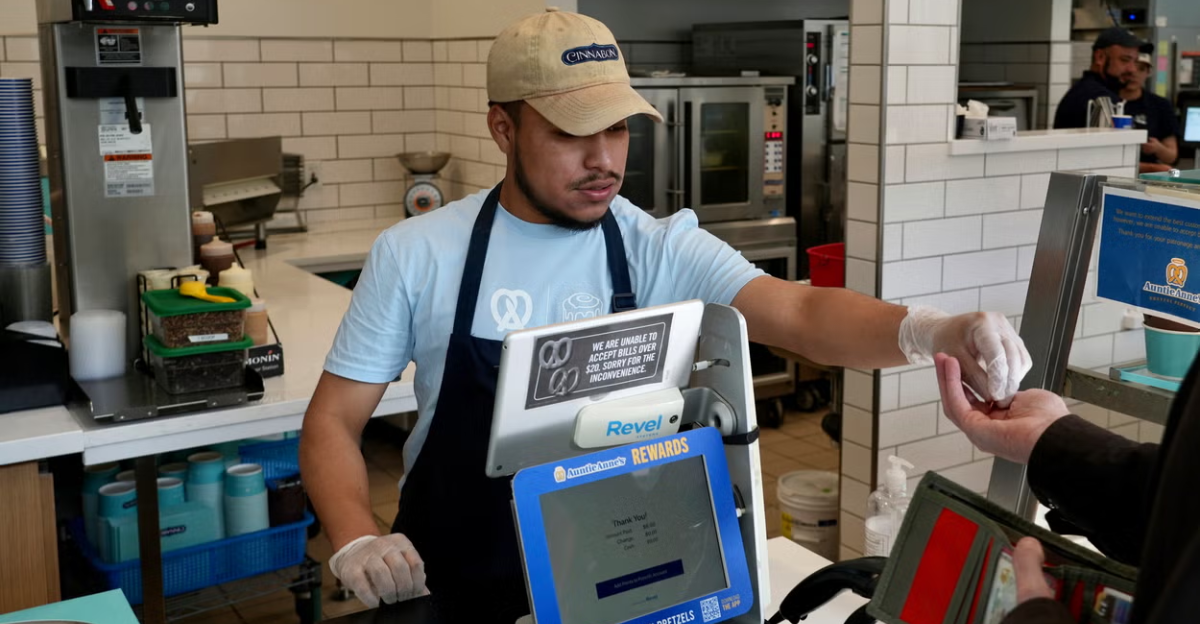
In April 2024, California took a bold step by implementing a landmark $20 minimum wage law specifically targeting fast food workers. This significant change sent tremors through the entire fast food industry, prompting a flurry of reactions from companies and employees alike.
Operators had to grapple with the imminent economic repercussions, posing tough questions about who would bear the brunt of the financial impact: the businesses, the workers, or the customers? With the stakes high, fast food giants across the state began strategizing to adapt to the new landscape, making headlines and setting the stage for a high-stakes economic experiment with national implications.
Industry Reaction
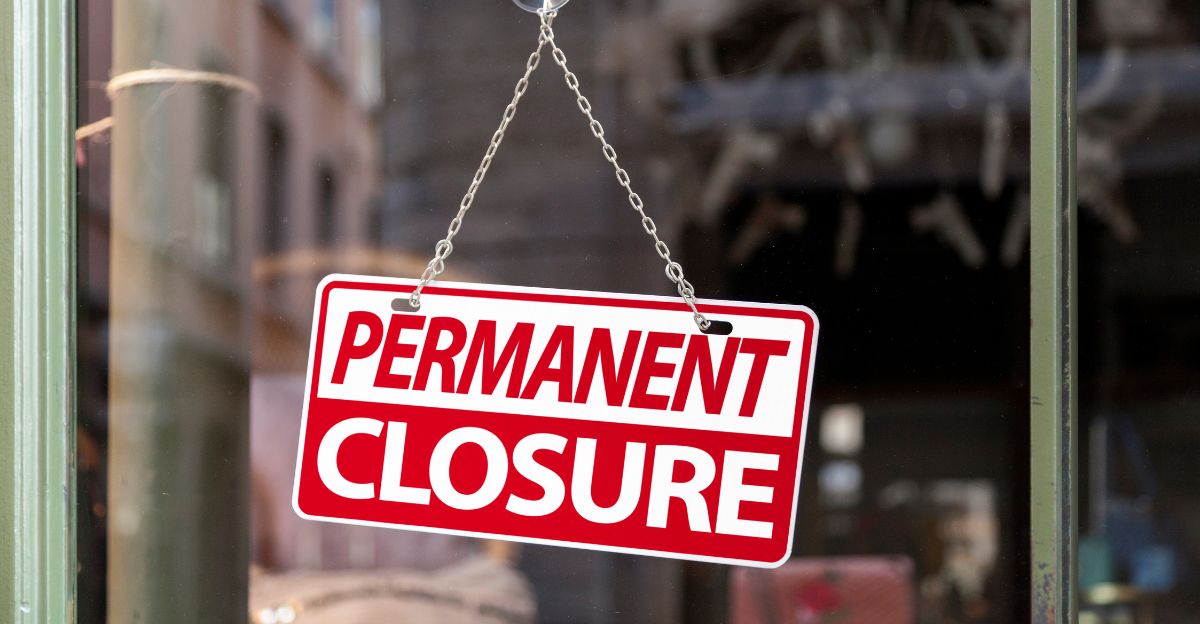
As spring unfolded, the immediate effects of the wage law became apparent. Prominent fast food brands, including McDonald’s, Subway, and Starbucks, started reacting to the new reality. Analysts and franchise owners braced for tough decisions, with surveys revealing that over half anticipated layoffs or store closures in the immediate future.
The looming question was whether California’s groundbreaking move would ignite a domino effect, propelling similar wage changes in neighboring states as competitors watched nervously. Would this be a fleeting challenge or a transformative moment for the industry?
Legislative Background
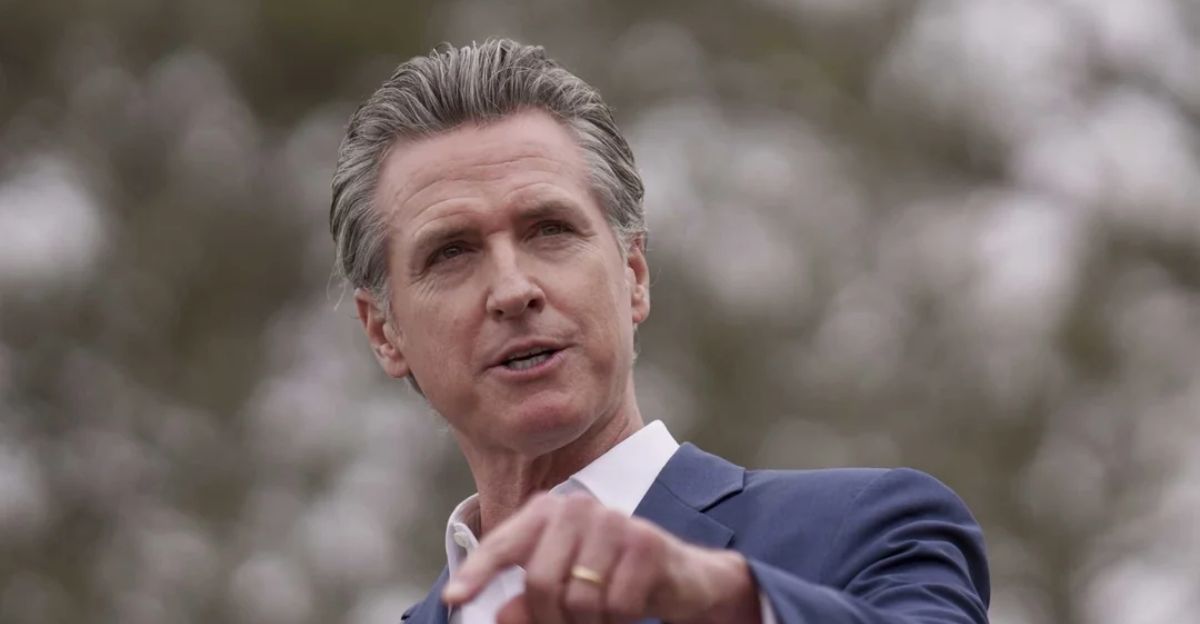
California has long been a trendsetter regarding wage policies, and Assembly Bill 1228 marked a pivotal moment in this legacy. Signed into law by Governor Newsom in September 2023, this bill established the nation’s highest state sectoral minimum wage, with the goal of uplifting pay for over 500,000 low-wage fast food employees.
Supporters hailed it as a necessary advancement, given the escalating living and housing costs. However, business groups raised alarms, warning of potential repercussions that could ripple throughout the industry. As the April debut approached, the stage was set for heated discussions and divisions over the law’s implications.
Rising Costs for Businesses
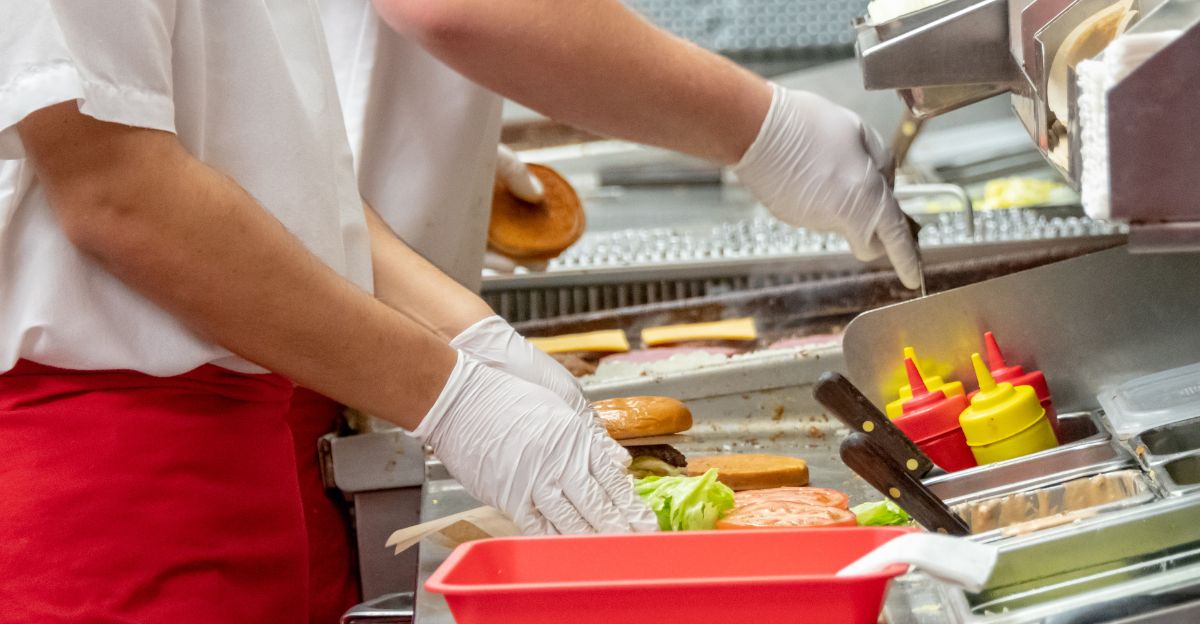
With the new wage floor came increasing operational expenses that fast food franchisees found hard to swallow. Rising payrolls, higher costs for ingredients, and California’s notoriously steep commercial rents created a perfect storm. Many chains sought to adapt quickly, scrambling to redesign menus, explore kitchen automation, or eliminate promotional deals to control expenses.
A stark warning from the California Restaurant Association indicated that profit margins for fast food, typically already thin, could swing into the negative if operators failed to pass on the increased costs. The question loomed: would price hikes or job cuts become the industry’s new norm?
The Closure Wave

By mid-2024, California witnessed an alarming surge in fast food restaurant closures. Rubio’s California Grill, for instance, announced the shutdown of 48 locations, explicitly citing the minimum wage hike as a leading cause of its bankruptcy. Similarly, several Pizza Hut franchisees axed over 1,200 delivery driver positions, opting for third-party contractors as a cost-cutting measure.
“I was excited about the raise, but by the end of the month, I was out of work,” shared former Pizza Hut driver Alexander Gomez. Such chain decisions underscored a tangible “wave” of closures and job losses that industry analysts had predicted.
Urban and Rural Impact

The repercussions of these closures hit hardest in California’s suburban and coastal cities. Areas like San Diego, Los Angeles, and Sacramento reported dozens of fast food outlets ceasing operations within mere months of the wage hike. Local economic development officials were alarmed, noting that laid-off employees flooded job centers, which strained resources.
In some smaller towns, communities lost their only affordable dining choice. Surveys by the UC Riverside School of Business reflected that more dramatically affected counties experienced above-average restaurant closure rates, igniting concerns over the broader impacts on local economies.
Employee Experiences

While the wage increase brought a glimmer of hope for many fast food employees, not all experienced the anticipated benefits. Some workers faced reduced hours, as businesses shifted to part-time staffing to manage payroll costs. “I felt relieved when they announced the wage hike, but then the hours got cut, and I was left confused,” lamented LaTisha, a long-time cashier at a local chain.
Unions maintained that the law represented a net positive change on a broader scale, yet those who lost jobs or experienced reduced shifts saw it quite differently. For each worker, the fallout was personal.
Menu Adjustments
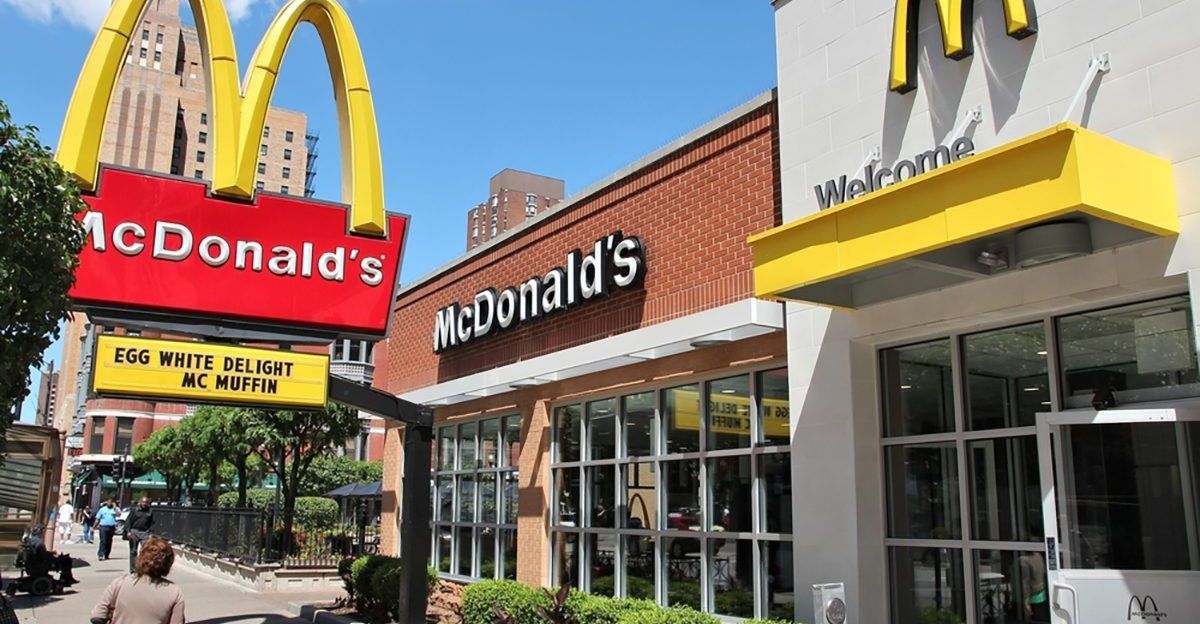
Major chains adjusted their pricing structures in response to the new economic landscape. McDonald’s, Chick-fil-A, Taco Bell, and Starbucks all implemented increases in their menu prices, prompting consumer discontent. Starbucks raised drink prices by up to $0.50, while Chick-fil-A saw a 10.6% price increase across its menu. For franchisees, these hikes were a desperate fight for survival.
Consumers experienced the ripple effect, finding sticker shock a near-certainty with every fast food visit. The changes prompted many to reconsider their dining choices, highlighting the broader implications of the wage increase.
Economic Data
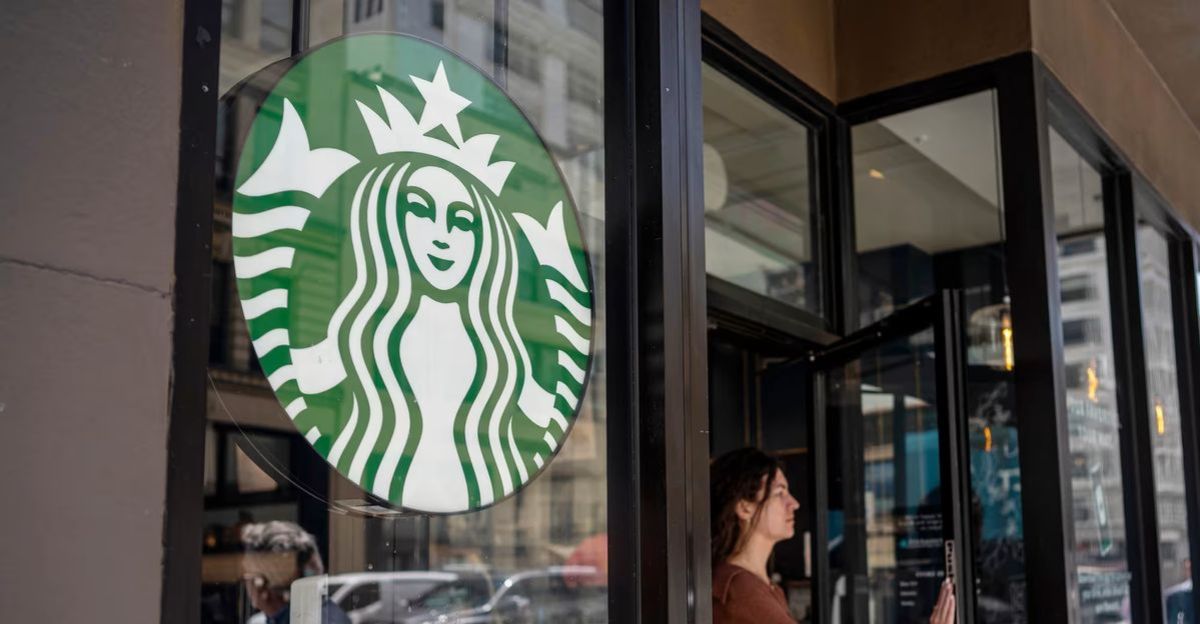
Research from Kalinowski Equity Research and the National Owners Association revealed that fast food prices in California spiked by 14-15% following the implementation of the minimum wage law. Concurrently, Placer.ai data indicated a decline in fast food foot traffic, with a 6-10% drop between April and August as patrons became more selective in their spending.
As numerous jobs disappeared, with estimates ranging from 10,000 to 16,000 lost across the sector, concerns mounted regarding the long-term viability of fast food establishments in a rapidly changing economy.
Supply Chain Strain

The fallout extended beyond direct job losses and closures; suppliers and local economies also felt the strain as fast food chains reevaluated their operational models. With many opting for cost-cutting measures like reducing staff and replacing workers with automation, local suppliers faced decreased demand.
“We’re feeling the pressure,” noted a local produce supplier who relied heavily on fast food chains. “When they cut back, it doesn’t just affect them; it impacts us all.” This interconnectedness of local industry painted a picture of the broader economic ripple effects triggered by the minimum wage law.
Looking Ahead
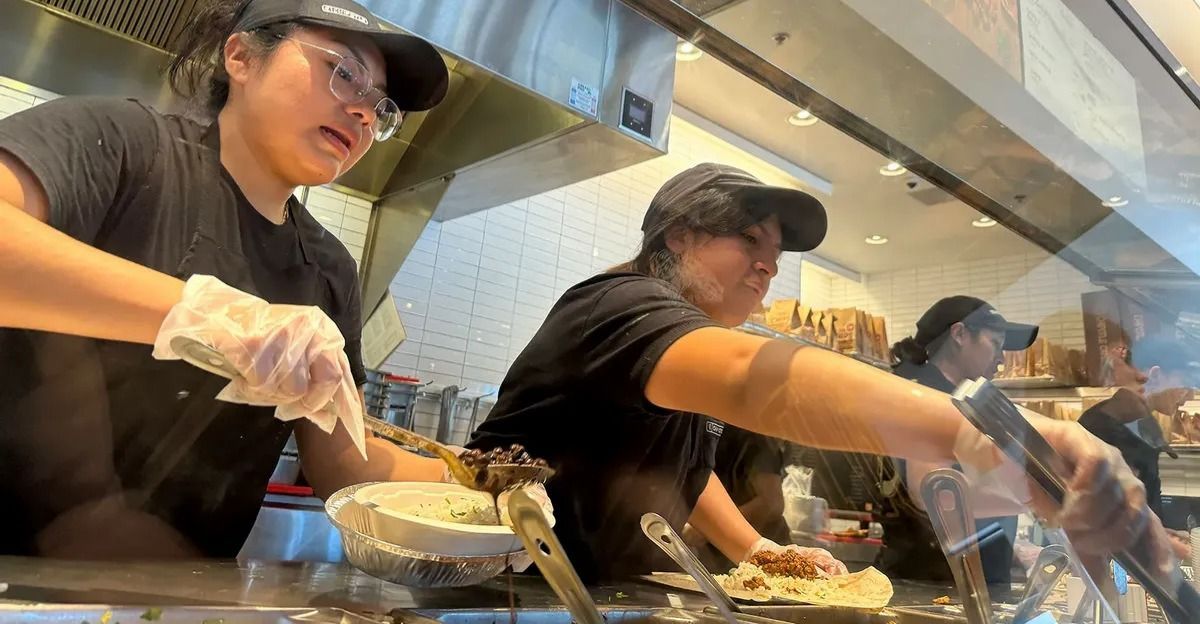
As the dust began to settle, California’s fast food industry’s resilience was tested. Amid closures and layoffs, some businesses started finding innovative ways to adapt while others faced existential crises. Franchisees explored collaboration opportunities, creating alliances to share resources.
Meanwhile, community organizations rallied to support displaced workers with retraining programs and job placements, showcasing a collective effort to navigate the turbulent changes. The question persisted: would the market steadily stabilize or continue to evolve in unpredictable directions?
Reflections from Consumers
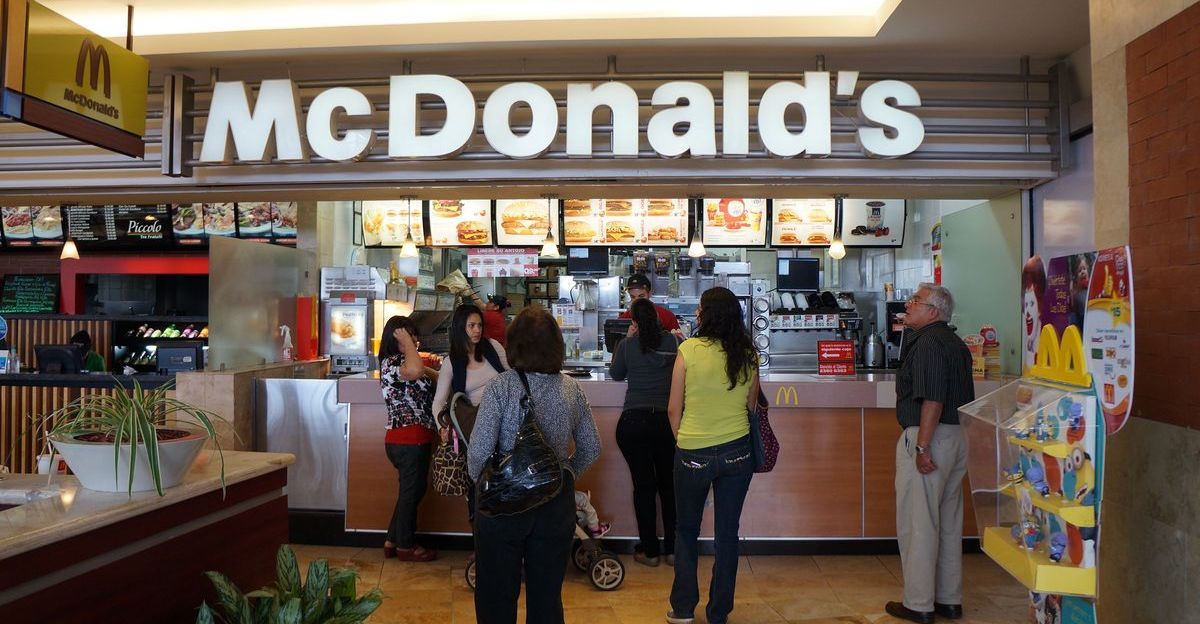
Consumers, too, weighed in on the unfolding drama, voicing both frustrations and support. As prices rose, many fast food patrons expressed disappointment over reduced affordability, yet some recognized the need for fair wages. “I want the workers to earn what they deserve, but it does make it hard for families like mine,” shared a regular McDonald’s customer in Los Angeles.
As public sentiment swayed, the dialogue surrounding fast food wages transformed into a broader conversation about fairness, living standards, and the economic realities communities face.
The National Perspective
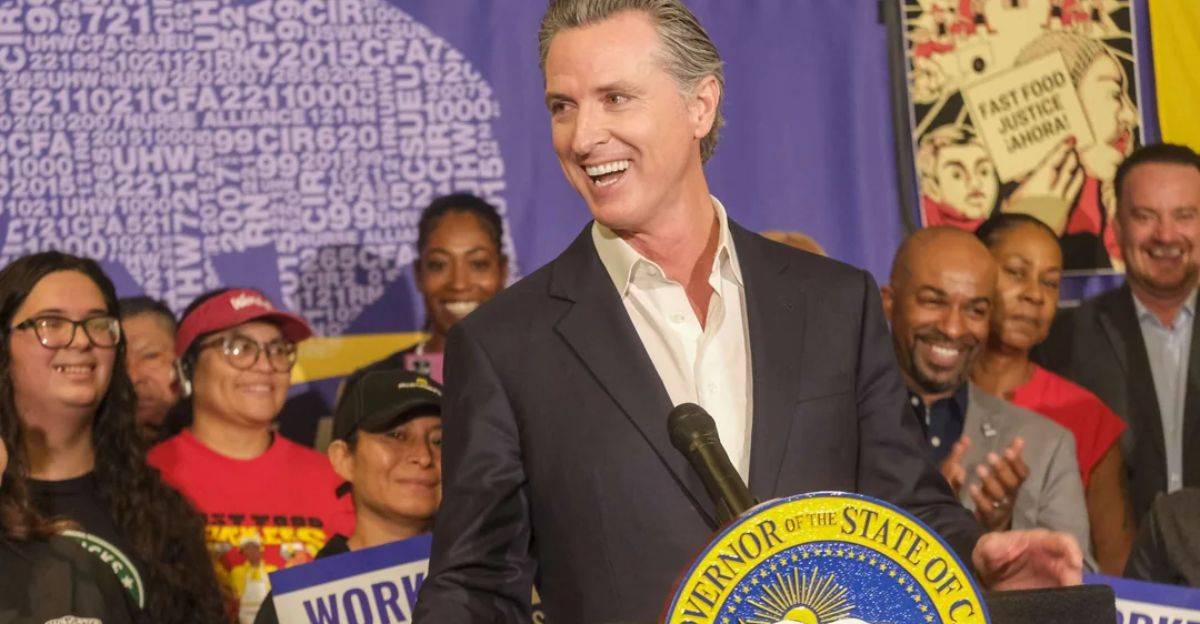
The effects of California’s minimum wage law drew the attention of legislators from across the nation. Observers and policymakers in other states began evaluating the implications of the Golden State’s model, questioning whether a similar approach could be successful elsewhere.
Some states discussed potential legislative changes, while others cautioned against the pitfalls observed in California. California’s bold move had transformed from a state-level debate into a national conversation about minimum wage and equitable worker treatment.
A Path Forward
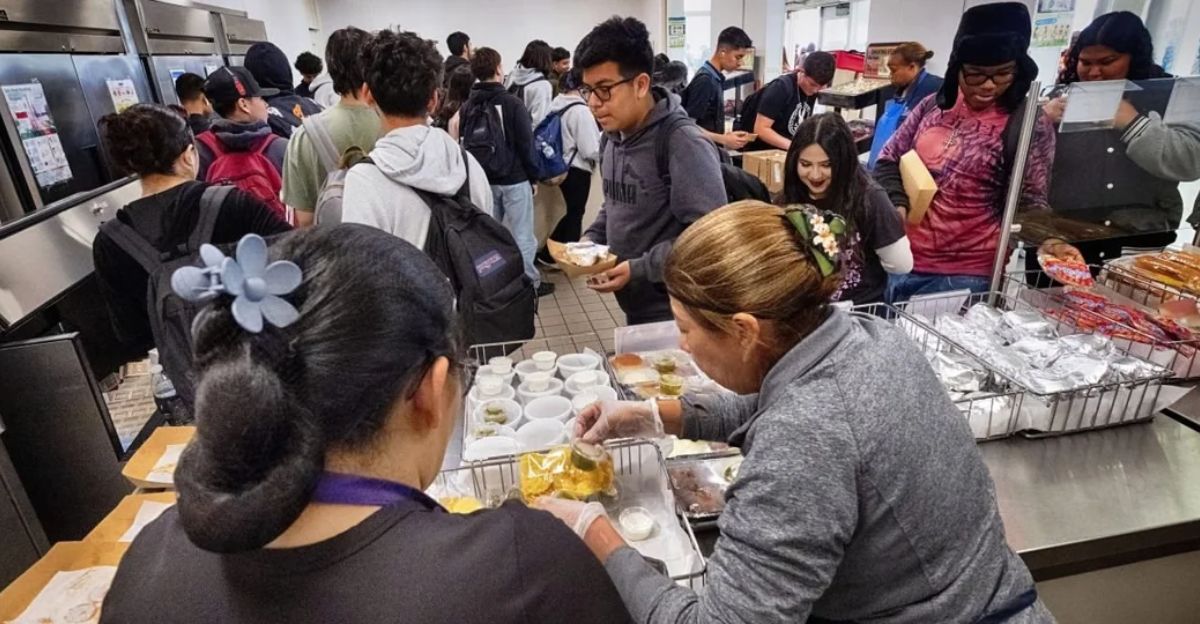
As California wrestles with the long-term implications of its minimum wage law, the journey ahead will require resilience and adaptability. Industry leaders are called to collaborate with policymakers and workers to address challenges constructively.
Grassroots movements and community support systems will play pivotal roles in advocating for comprehensive solutions that benefit workers and businesses alike. Together, they can foster a more sustainable economic environment that balances fair wages with the realities of doing business in a competitive landscape.
A Changed Landscape

In the wake of California’s bold decision to raise the minimum wage for fast food workers, the industry stands at a significant crossroads. The unfolding narrative has highlighted the complex balance between economic sustainability and equitable pay. As closures and layoffs become part of the reality, voices from every corner of the debate, from employees to franchise owners, reflect a nuanced tapestry of opinion and experience.
The path ahead will likely shape California and set a precedent for wage policy discussions nationwide. The outcome remains to be seen, but the lessons learned will undoubtedly resonate for years.